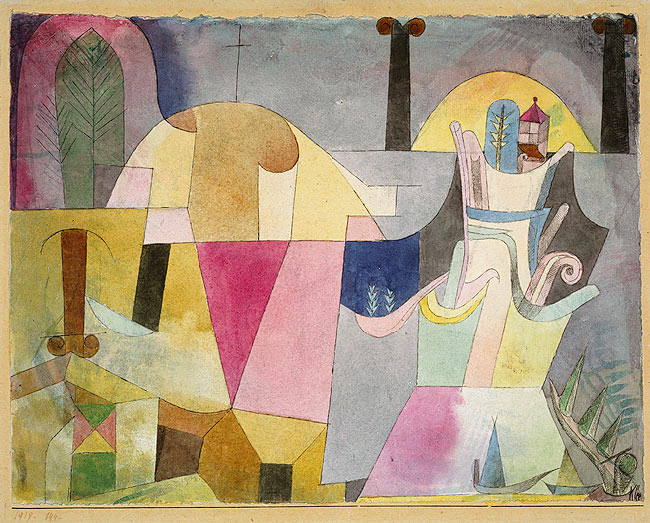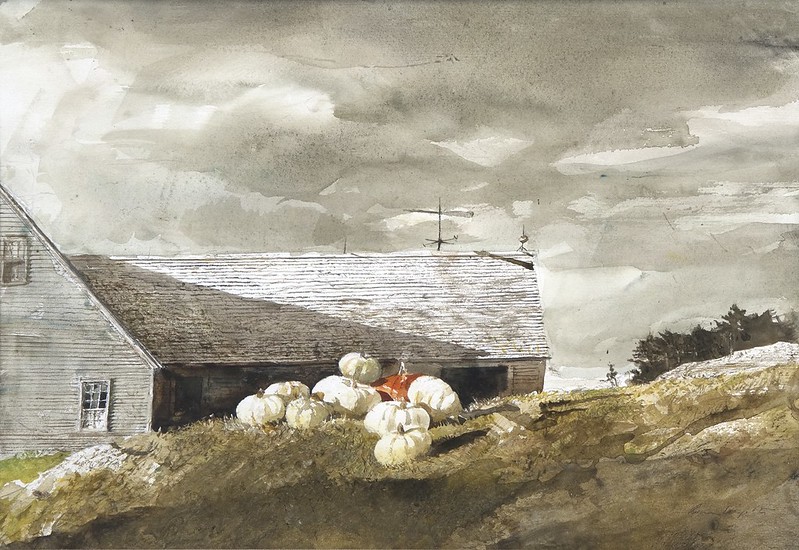10+ Famous Watercolor Artists Who Continue to Influence Painting Today
Famous Watercolor Artists You Should Know

“The Birds of America” Depicting a Ruffed Grouse. (Photo: Public Domain)
It was about 90 years ago that John James Audubon completed The Birds of America, but it's still lauded as being one of the best ornithological books ever produced. Audubon's quest to document our feathered friends also helped start the artistic tradition of naturalistic renderings being completed with watercolor.

“Northern Bobwhite (Colinus virginianus) and Red-shouldered Hawk (Buteo lineatus),” circa 1825. (Photo: Public Domain)
ELIZABETH MURRAY (1815 – 1882)

“Vista de la Orotava y del Pico Teide,” circa 1851. (Photo: Public Domain)
British artist Elizabeth Murray learned watercolor painting from her father, Thomas Heaphy, who was also a watercolorist. The two traveled together and Murray spent extensive time in Rome, Morroco, and the Canary Islands. Over the course of 10 years, she painted the landscape as well as portraits from her travels, too. Her works are known for her color choices which use brown, violet, blue, black, red, and gold as well as olive and tan colors to give them a warm-toned appearance.

“Church Patronage,” 1860. (Photo: Public Domain)
THOMAS MORAN (1837 – 1926)

“In the Bighorn Mountains,” 1889. (Photo: Public Domain)
Thomas Moran is famous for his landscape watercolors, particularly those of Yellowstone National Park. In fact, it's his ethereal images of its geysers and hot springs that helped convinced the U.S. Congress to formally designate it as Yellowstone National Park in 1892. Moran's practice was informed by the Hudson River and Rocky Mountain schools—artistic schools and movements that shaped the aesthetics and imagery of 19th-century American landscape painting.

“Yellowstone, Hot Spring,” 1892. (Photo: Public Domain)

“Gloucester Harbor,” 1873. (Photo: Public Domain)
Self-taught painter Winslow Homer based his artistic practice of being in the moment. Although a very private person, one of his contemporaries, artist Eugene Benson, wrote that Homer believed artists “should never look at pictures.” Rather, they should “stutter in a language of their own” and paint (or draw) directly from life. For Homer, this meant idyllic, quiet scenes of everyday life that he completed at home in Massachusetts as well as trips abroad.

“Three Fisher Girls,” 1881. (Photo: Public Domain)
JOHN SINGER SARGENT (1856 – 1925)

“Gondoliers’ Siesta,” circa 1904. (Photo: Public Domain)
John Singer Sargent is renowned for his portraiture, but his watercolor works mark a departure from them. In a similar tradition to other painters, his watercolors were often of landscapes that documented his travels. In these compositions, Sargent tweaked his style to reflect the playful fluidity of the medium; whereas his oil portraits were tightly rendered, the watercolor images of ships and the shore were done in a gestural style
“Muddy Alligators,” 1917. (Photo: Public Domain)
GEORGIA O’KEEFFE (1887 – 1986)
Georgia O'Keeffe began experimenting with watercolors in her late 20s as a way to play with color and composition. This was before her iconic oil paintings of flowers, and the abstracted watercolors chronicle her artistic journey to becoming comfortable working in a less representational style.

“Sunrise,” 1916. (Photo: Public Domain)
In 1911, Paul Klee joined an artist group called Blaue Reiter, an organization that used their work as a way to express “spiritual truths.” Interested in the likes of non-figurative art and primitivism, color was an important part of the group's aesthetic. Klee's watercolor paintings were a means of experimentation in order to understand his relationship with the “realm of color.”
CHARLES DEMUTH (1883 – 1935)

“Trees and Barns: Bermuda,” 1917. (Photo: Public Domain)

“Bermuda No. 2, The Schooner,” 1917. (Photo: CC0 1.0)
REGINALD MARSH (1898 – 1954)

“Locomotive,” 1932. (Photo: Public Domain)
Reginald Marsh's works have become synonymous with New York City. During the 1930s and 40s, he chronicled the everyday life of the bustling metropolis; this included areas on the fringe like burlesque parlors and Coney Island. With such observational skills, his work was a perfect fit for journalism, and he worked for The Daily News. Of watercolor, he said, “Watercolor I took up and took to it well, with no introduction.”

“Tug Boats, New York,” 1938. (Photo: Public Domain)
American artist Andrew Wyeth is the son of a well-known illustrator, N.C. Wyeth. Thanks to his father's guidance, Andrew mastered watercolor at an early age. By 20 years old, he had his first solo exhibition featuring all watercolor paintings. (The show sold out.) As his career continued to grow, Andrew expanded his chosen media to egg tempera, but he continued to create watercolors inspired by his solitary walks in his hometown of Chadds Ford, Pennsylvania as well as Cushing, Maine.

EDWARD HOPPER (1882 – 1967)

Edward Hopper is known for oil paintings like the iconic Nighthawks, but the artist was adept at watercolors, too. In both media, Hopper's focus was the same; the American experience as seen through landscapes. “My aim in painting,” he's quoted as saying, “has always been the most exact transcription possible of my most intimate impressions of natur



